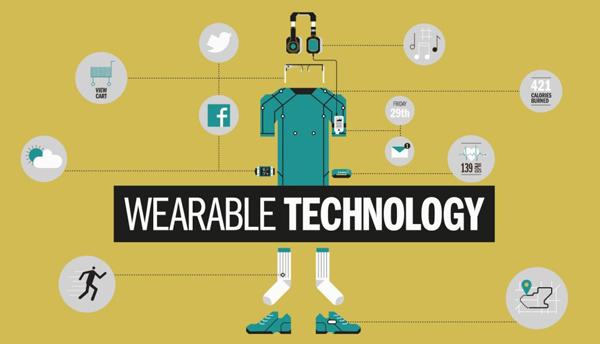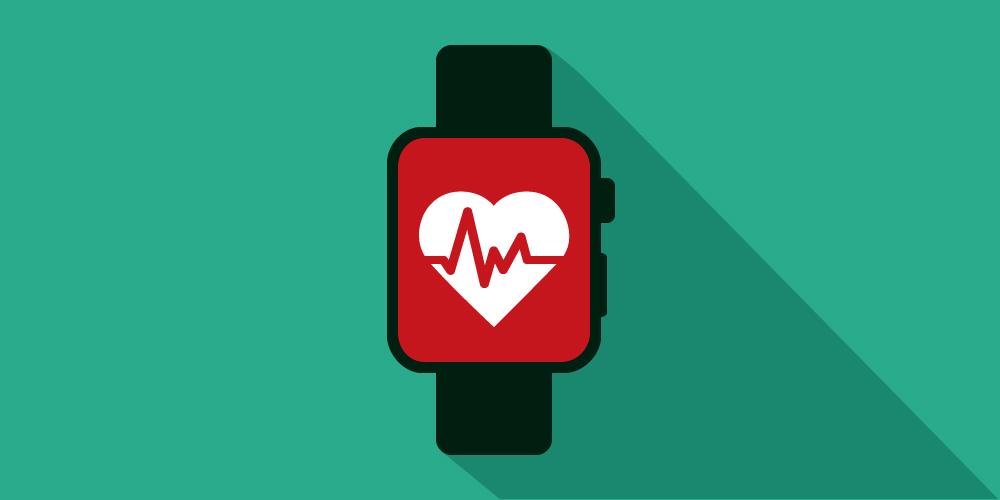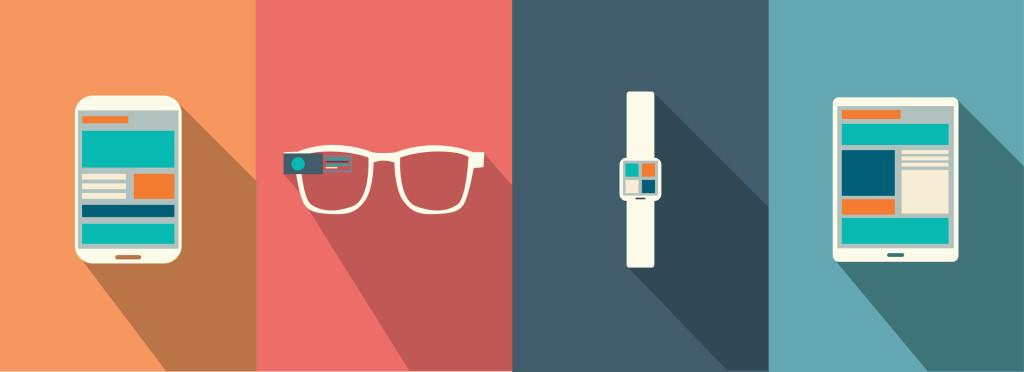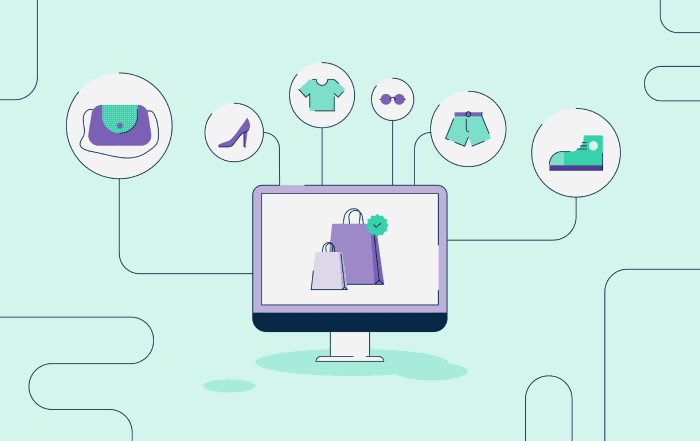
Today each and every one of us has some tech assistance gadget.
Whether it is a Google glass, a Garmin, or Apple watch, or GPS running or sleeping bracelet, we’re wearing technology. And out of all technology items, wearable gadgets are the ones to have the most intimate connection to people, since they are worn or carried along with during day or night.
Internet of Things at its finest
It might just be true that the wearable technology has become the best and probably the greatest applications of the Internet of Things. And they’re not just being the next frontier to the human-tech route. The consumption of such wearable gadgets in areas as exercise, science, lifestyle, learning, and everyday living is prevalent and it’s here. Consumers every day and everywhere track and monitor their fitness, exercise, health, learning and sleeping progress in previously unimaginative and impossible ways. Now a simple electronic band could do a job of so many people.

Transformation of the way we live
The wearable tech gadgets are bringing enormous power to the wearer’s wrist or hand or belt. Brands are producing various types of devices for many reasonable and even unreasonable causes. And most importantly, they are even starting. The market is still not oversaturated and the people are still in need of electrical tracker or even reminder so they are stepping the thin line of being addictive of them. Because we couldn’t live without tactical heartbeat monitor, right? Or this new smart shirt that warns you when you need to sit up straight.
Whether it is a smart thermometer to monitor a child’s fever, or a motion camera designed for parenting that uses AI to automatically select the best pictures, or even an intelligent smart ring that is functional in so many ways but it also matches your new purse. No matter if you need to be measuring your calorie intake, heart rate or the quality of your sleep – there is a tiny, elegant wearable for that. And so far they are making people’s lives way easier, or they are making people enormously lazy and not thinking at all.
What will the future be like?
Forbes has recently assumed that the wearables market will reach $14 billion by the end of this year only. While Business Insider’s premium research service BI Intelligence expects the wearables market to grow up to 162.9 million units by the end of 2020.
It is a fast growing market led by the healthcare sector, being one of the top facilitators of the rising trends. However, the fitness trackers will also remain to be leading in consumer case. People mostly consume these pieces of technology to record their exercise and health statistics and progress. Among others besides the hospitals are the insurance, pharmaceutical and med-tech companies, utilizing these devices.
And as the potential of wearing technology rises, the questions don’t stop to pop. Will the manufacturers ensure precise and correct data, this being especially important into the healthcare sector and hospitals? Will the consumers receive accurate and detailed progress reports? Where is all that data stored and how are users protecting their privacy?
Do we stop to think?
As we think that wearables are making our lives easier, helping us in many spheres and providing with all this statistical data about our everyday routines, are these devices truly transformative? Will an average consumer rely truly on a little piece of technology and wear it 24 hours a day so they can have all their activities monitored? Will we be wearing these gadgets out of need, dependence and habit or purely of fashion? Are we that much hooked on technology? Will we abandon the old-fashion medical check one a year? And will the wearables ultimately take over or totally wipe out some existing jobs?
Yes, we are truly excited to see where the future will take us. But as we do so, don’t get fully dependable out on anything, not even on Siri and especially not on a wearable. No watch is smarter than you, right?












